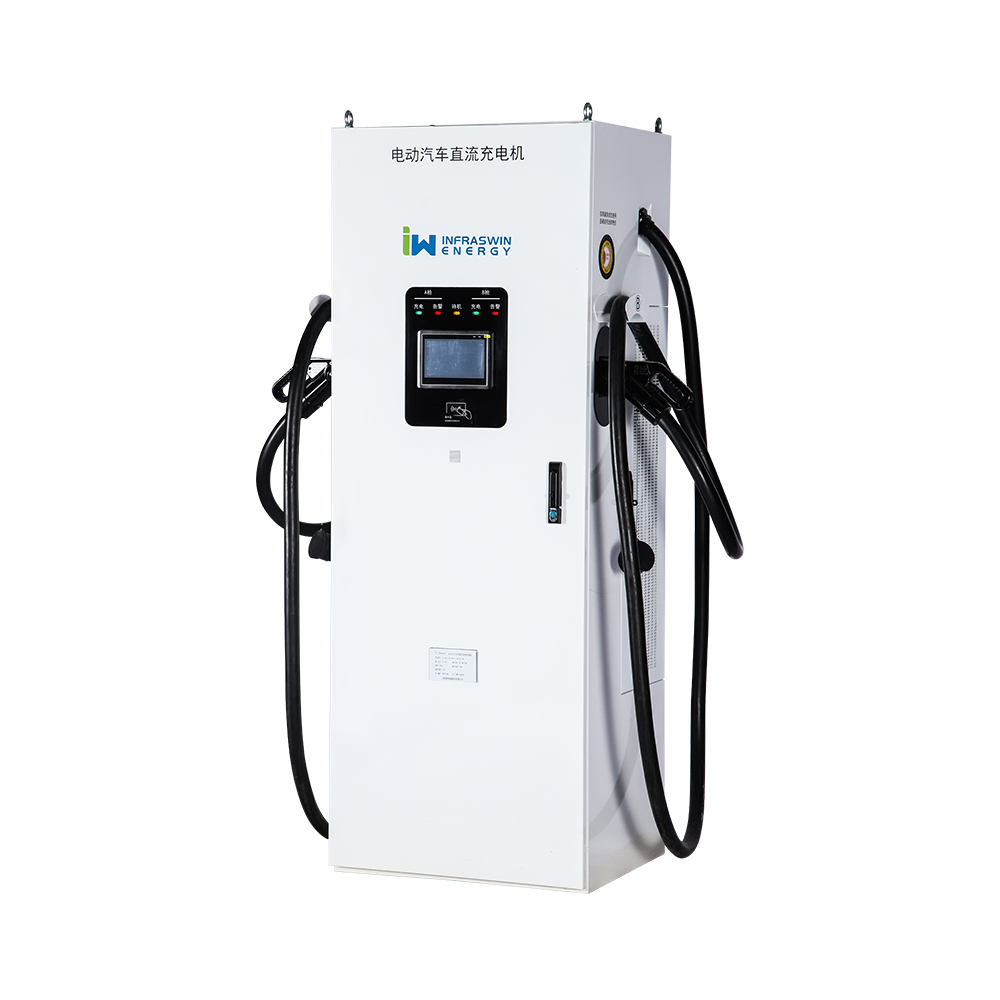2025-02-18
Whether you’re charging a compact city car or a high-performance electric SUV, understanding how these advanced systems optimize power delivery can make all the difference in ensuring efficiency, safety, and longevity for both the vehicle and the charging infrastructure.
At the heart of every smart charging station lies its ability to communicate seamlessly with the EV’s battery management system (BMS). This communication isn’t just a one-way street—it’s a sophisticated dialogue that ensures the right amount of power is delivered at the right time. For instance, when an EV is connected to a smart charging pile capable of outputting anywhere from 7kW to 160kW, the system first identifies the maximum charging capacity of the vehicle. It then adjusts its power output accordingly, preventing overcharging or underutilization of the charger. This dynamic adjustment not only enhances charging speed but also protects the battery from potential damage caused by incompatible power levels.
But how exactly does this magic happen? The answer lies in the protocols and algorithms embedded within the charging system. Modern smart charging solutions often rely on industry-standard communication protocols like CCS (Combined Charging System) or CHAdeMO, which allow the charging point to "talk" to the vehicle in real-time. These protocols ensure that the smart charging pile can interpret data such as battery temperature, state of charge, and voltage thresholds, enabling it to fine-tune the charging process. For older EV models with less advanced BMS capabilities, some smart chargers even include fallback mechanisms to ensure compatibility, although performance may be slightly limited compared to newer vehicles.

Another fascinating aspect of these intelligent charging stations is their ability to handle extreme conditions without compromising performance. Imagine a scenario where a smart charging pile is installed in a region with scorching summers or freezing winters—how does it maintain reliability? Thermal management plays a critical role here. High-power DC charging, especially at the upper end of the 160kW range, generates significant heat. To counteract this, many advanced charging systems incorporate active cooling technologies, such as liquid cooling or advanced heat sinks, to dissipate excess heat efficiently. This ensures that even during continuous operation at maximum power, the smart charging pile remains stable and safe for users.
Of course, none of this would matter if the system couldn’t deliver consistent results across different environments. That’s why manufacturers like Infraswin Energy have designed their smart charging piles to operate flawlessly within a wide temperature range (-20°C to 50°C) and at altitudes of up to 2000 meters. Such robust engineering not only makes these charging stations suitable for urban areas but also opens up possibilities for deployment in remote or challenging locations, further expanding the reach of electric mobility.
For businesses and municipalities investing in EV infrastructure, the adaptability and intelligence of a smart charging pile are game-changers. By ensuring compatibility with a broad spectrum of vehicles and environmental conditions, these systems offer a future-proof solution that can evolve alongside advancements in EV technology. Moreover, their ability to optimize energy delivery reduces strain on the grid while maximizing user convenience—a win-win for operators and drivers alike.
The true brilliance of a smart charging pile lies in its ability to bridge the gap between cutting-edge technology and practical usability. Whether it’s through dynamic power adjustment, advanced thermal management, or seamless communication with EVs, these systems represent the pinnacle of modern charging infrastructure. As the world continues its shift toward sustainable transportation, smart charging solutions will undoubtedly play a pivotal role in shaping the future of mobility—one charge at a time.